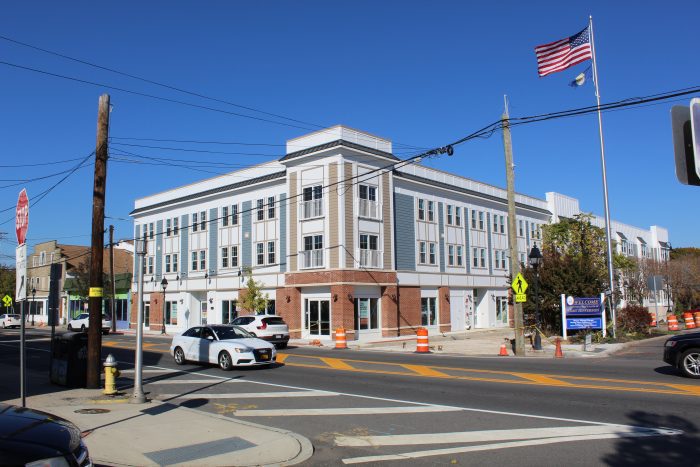Left behind? Long Island feels the pinch of high costs, housing shortages

By Aidan Johnson
Decades-old fears over a possible Long Island “brain drain,” or people in their 20s and 30s leaving the region, have not been quelled. Instead, some are worried that the brain drain has spread to other age demographics as well.
Martin Cantor, director at the Long Island Center for Socio-Economic Policy, suggests every age demographic is looking to escape the Island.
“The young don’t come and stay,” he said. “Most kids, if they go away to college, don’t come back. The middle class is leaving because it’s too expensive.”
While some suggest that this may be due to a lack of housing options, Cantor is not entirely on board with this diagnosis. “There is a general feeling out there that they want to blame people leaving [on the] housing options and, to an extent, yeah,” but this doesn’t paint the complete picture, he said. “It’s because we’re just too darned expensive to live here, plain and simple.”‘We’re just too darned expensive to live here.’
— Martin Cantor
Sal Pitti, former vice president of the Port Jefferson Station/Terryville Civic Association, is moving to Florida. His case exemplifies how even prominent local leaders feel the squeeze of high costs, fleeing the communities they helped build and grow due to financial pressures.
“I’m retired from the NYPD, so I’m pretty much on a fixed income,” he said in a phone interview. “My wife’s been working, and her salary has gotten better over the last few years … but with the rising amount of taxes and everything else that’s going on on Long Island, it’s pretty much going to be unsustainable.”
Instead of waiting a few more years, Pitti and his wife decided to take advantage of the recent high spot in the housing market and were able to sell their home relatively quickly.
Problems also arise with Long Island’s minimum wage, which currently stands at $15 — the same as for New York City and Westchester, with the rest of the state at $14.20. Even though the Long Island rate is more than double the $7.25 national minimum wage, it is still not nearly enough to afford a two-bedroom apartment at fair market rent.
According to the National Low Income Housing Coalition’s 2021 Out of Reach report, the minimum hourly wage necessary to afford a two-bedroom apartment in the Nassau-Suffolk HUD Metro Fair Market Rents Area is $39.13. This means that two local adults working full time on minimum wage could still not afford an apartment.
In an interview, Town of Brookhaven Councilmember Jonathan Kornreich (D-Stony Brook) described his conversation with one homeowner who, along with her husband, works a minimum wage job. To afford the mortgage, she had to work two shifts.
The simultaneous problems of low wages and high rents represent a conundrum for policymakers. The interplay of local and societal factors can make this puzzle even more problematic.
“I don’t know what the answer is,” Kornreich said. “I don’t know how we value work in a way that allows people to do important work that’s societally vital” while also paying workers “enough that they can afford just to live a basic existence.”
While Long Island’s minimum wage will continue to increase — set to reach $17 an hour by 2026 — that would still not be enough to afford a two-bedroom apartment.
Village of Port Jefferson Mayor Margot Garant described her administration’s efforts to cater for affordable housing options.
“There is nothing that we’re going to do to stop building more workforce housing as long as I’m involved,” Garant said.
The village mayor described the heavy demand for affordable housing, with roughly 1,300 applications being submitted for Conifer Realty’s Port Jefferson Crossing project in Upper Port that offers 45 apartments based on the median income in the area.‘It just shows the need for clean, affordable workforce housing.’
— Margot Garant
“It just shows the need for clean, affordable workforce housing,” Garant said.
While new affordable housing units may partially help alleviate some of the housing shortages throughout the region, it is not a solution to the overarching problem of high expenses.
To ease economic pressures on Long Island, Cantor urged policymakers to worry about costs and cut spending where possible.
“Nobody is worrying about costs,” he said, suggesting regional income taxes replace property taxes. “This way, people pay based upon what they earn, not the value of their assets.”






